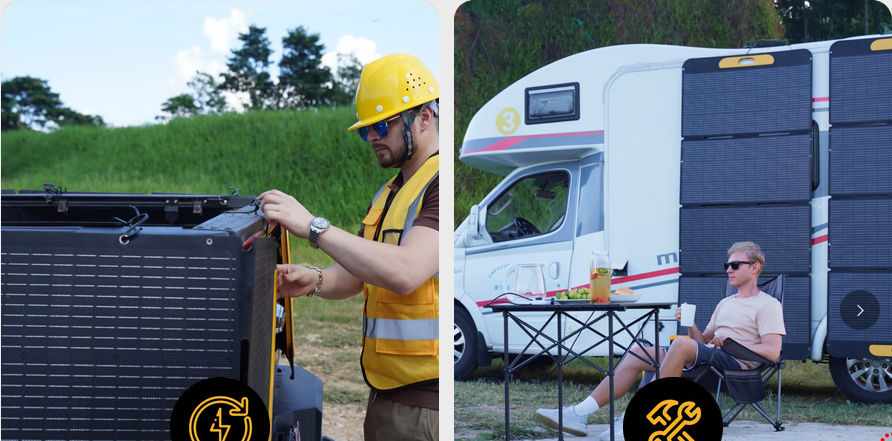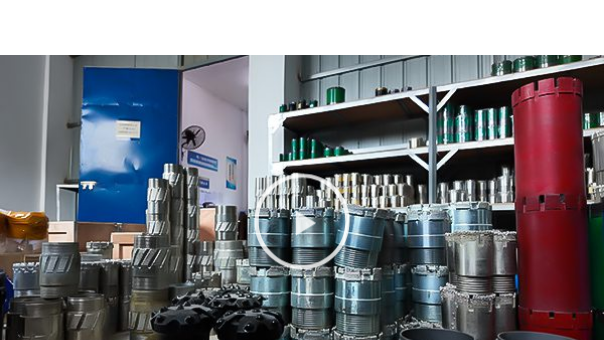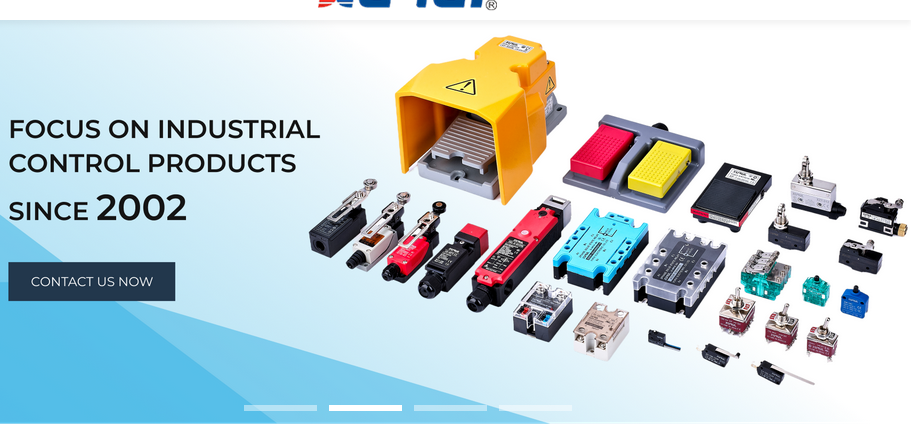
When I first thought about where the electricity in my home comes from, I realized I didn’t know much about it beyond the plug in the wall. One day, I had the opportunity to visit a power station, and it completely changed how I view the energy that powers our daily lives. It’s fascinating to see the complex systems and technology that work seamlessly to ensure we never have to think twice about flipping a switch.
A power station is essentially a facility where energy is generated and converted into electricity that we can use. Depending on the type of power station, energy can come from coal, natural gas, nuclear reactions, water, wind, or even sunlight. Each type has its unique way of transforming raw energy into usable electricity, but they all serve the same purpose: keeping homes, offices, and industries running efficiently.
Visiting a power station gave me a new appreciation for the engineering marvels behind the scenes. The first thing that struck me was the sheer scale of the facility. Large turbines and generators dominate the landscape, each designed to handle massive amounts of energy. At a coal-fired power station, for example, huge furnaces burn coal to produce steam, which then drives turbines. In contrast, a hydroelectric station relies on the flow of water to spin the turbines. No matter the source, the ultimate goal is to convert energy into electricity safely and efficiently.
What I found particularly interesting was the level of precision involved. A power station isn’t just a big building with machinery; it’s a finely tuned system where timing, temperature, and pressure must all be carefully monitored. Operators use sophisticated control rooms to ensure everything runs smoothly. Even minor deviations in one part of the system can have ripple effects, potentially causing outages or damage. Witnessing the control room in action, I realized how much expertise and vigilance goes into keeping the lights on for millions of people.
Another thing that struck me was the environmental considerations. Modern power stations are designed with efficiency and sustainability in mind. For instance, natural gas plants emit less carbon than traditional coal plants, and renewable energy stations, like solar and wind, produce electricity without burning fossil fuels. Many stations also have systems to capture and manage emissions, reducing their environmental impact. Observing these measures firsthand made me appreciate the effort being made to balance energy production with environmental responsibility.
The economic impact of a power station is another aspect that I hadn’t considered before. Power stations create jobs, not just for operators and engineers but also for maintenance crews, safety inspectors, and administrative staff. Beyond direct employment, they support industries that rely on reliable electricity. From manufacturing plants to tech companies, consistent power supply is crucial. Seeing a power station in action made me realize how integral these facilities are to both local and national economies.
Safety is always a top priority in a power station. With so much energy being converted and transmitted, the potential risks are significant. Workers wear protective gear, follow strict protocols, and undergo regular training to prevent accidents. Even though the machinery is massive and intimidating, the focus on safety and regulation ensures that both workers and the surrounding communities remain secure. Learning about these safety measures was both reassuring and impressive.
One of the most exciting parts of visiting a power station was understanding the role of technology in energy management. Digital sensors, real-time monitoring, and automated systems make modern power stations more efficient than ever. Operators can adjust output depending on demand, optimize fuel consumption, and predict maintenance needs before problems arise. This technological integration not only improves efficiency but also extends the lifespan of equipment and reduces downtime.
For someone like me, who relies on electricity every day without thinking about it, seeing a power station in operation is eye-opening. From charging my phone to running my refrigerator, every bit of energy I use comes from these incredible facilities. They are the backbone of modern life, quietly supporting everything from basic household needs to critical medical services and industrial production.
Moreover, power stations are evolving rapidly to meet the challenges of the future. Renewable energy integration, smart grids, and energy storage solutions are changing how electricity is generated, distributed, and consumed. For instance, solar farms paired with battery storage can provide electricity even when the sun isn’t shining, while wind turbines connected to smart grids can adjust output based on real-time demand. Witnessing these innovations gave me hope that our energy future is not only sustainable but also more resilient and adaptable.
In conclusion, visiting a power station is more than just an educational experience—it’s a glimpse into the infrastructure that powers our modern world. The complexity, efficiency, and innovation behind each facility are astonishing. Every time I flip a switch at home now, I think of the turbines spinning, the control room humming with activity, and the dedicated professionals keeping it all running. A power station may not be something we notice every day, but it is undoubtedly one of the most essential components of modern life. Understanding and appreciating it helps me realize just how interconnected and dependent we are on energy, and how critical it is to invest in safe, efficient, and sustainable power generation.




Write a comment ...